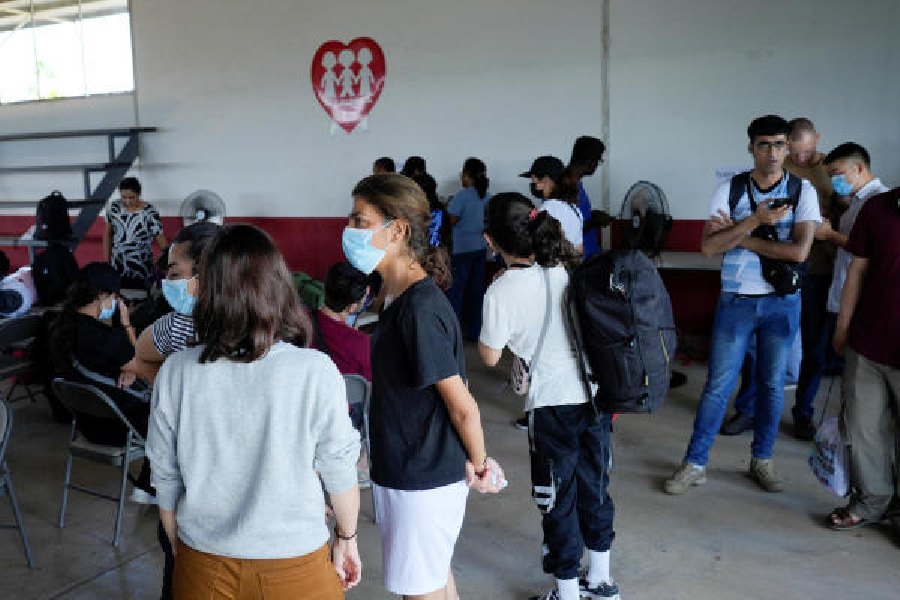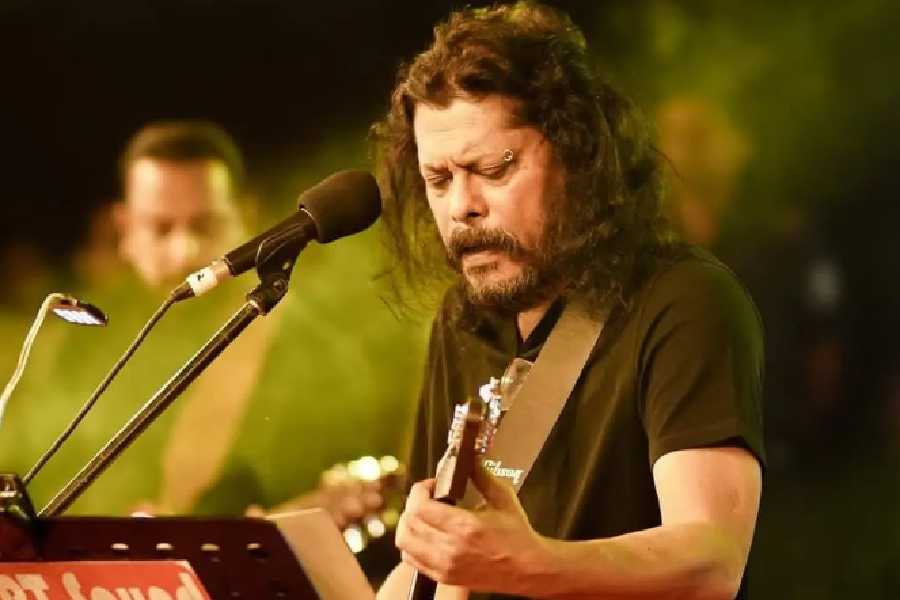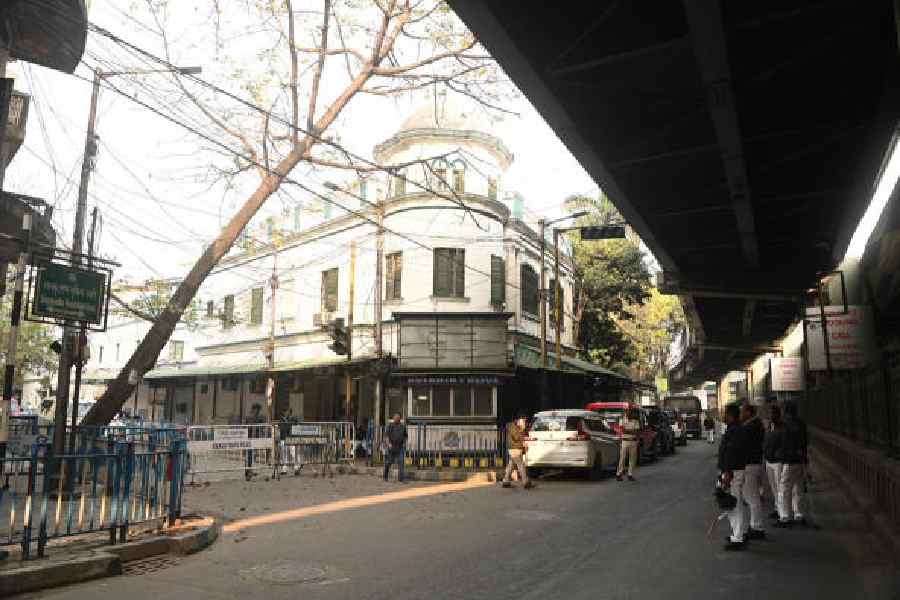When the first buses of newly freed migrants arrived this month in Panama City from a detention camp at the edge of a jungle, three people were visibly ill. One needed HIV treatment, a lawyer said, another had run out of insulin and a third was suffering from seizures.
Confusion, chaos and fear reigned. “What am I going to do?” one migrant wondered aloud. “Where am I going to go?”
These are questions being asked by dozens of migrants deported to Panama last month by the Trump administration, part of the President’s sweeping efforts to expel millions of people from the US.
At first, Panamanian officials had locked the group of about 300 people in a hotel. Then, those who did not accept repatriation to their home countries were sent to a guarded camp at the edge of a jungle. Finally, after a lawsuit and an outcry from human rights groups, the Panamanian authorities released the deportees, busing them back to Panama City.
Now, the remaining migrants — from Iran, Afghanistan, Cameroon, Ethiopia, Uzbekistan and elsewhere — are free but stranded in a country that doesn’t want them, many sleeping in a school gymnasium made available by an aid group, with no real sense of what to do next.
Interviews with 25 of the deportees offered a revealing look at who is being pushed out of the US by the Trump administration, and what happens once they arrive in Central America.
The region has emerged as a key cog in the deportation machinery President Trump is trying to kick into high gear.
But Washington’s decision to send migrants from around the world to Central America has also raised legal questions, tested governments seemingly unprepared to receive migrants and left people marooned in nations where they have no support networks or long-term legal status.
Most of the migrants in Panama said that when they arrived in the US they told officials they were fearful of returning to their countries, but were never given an opportunity to formally ask for asylum.
A spokeswoman for the department of homeland security, Tricia McLaughlin, said in an email that the migrants had been “properly removed” from the US. She added that “not a single one of these aliens asserted fear of returning to their home country at any point during processing or custody”.
“The US government coordinated for the welfare of these aliens to also be managed by humanitarian groups in Panama,” she said.
Since taking office, Trump has sent hundreds of migrants from around the world to Panama, Costa Rica and El Salvador, though it is unclear if the US government plans to continue doing so.
“Whether there will be more planes from the US or not, I honestly don’t know,” Panama President Raúl Mulino said this month. “I’m not very inclined to do it, because they leave us with the problem.”
Those now stranded in Panama include Hedayatullah Zazai, 34, a man who said he had served as an officer in the Afghan Army, working alongside US Special Forces and American consultants. After the Taliban took over, he fled to Pakistan, he said, then Iran, then flew to Brazil and trekked through South and Central America to get to the US border.
The deportees also include Iranian Christians who said they were under threat at home, and several Afghan women from the Hazara ethnic minority who say they face persecution under the Taliban.
Another deportee is Simegnat, 37, an Amhara woman travelling alone from Ethiopia who said she had been targeted by her government because her ethnicity led the authorities to suspect her of working with a rebel group. She said she fled after her home was set on fire, her father and brother were killed and the police told her she would be next.
“I was not a person who wanted to flee my country,” she said. “I owned a restaurant and I had a good life.”
“We are humans, but we have nowhere to live,” she said of the Amhara people.
She and several of the migrants, fearing for the safety of relatives back home, asked not to be identified by their full names.
Most of the migrants described crossing the Mexico-US border early this year, being held for about two weeks in detention, then shackled by US officials and put on a plane to an unknown destination. Some said they had been told they were headed from California to Texas; most said they were never given an opportunity to formally ask for asylum.
Panama has given the deportees 30-day permits that allow them to stay in the country for the time being and has given them the option of extending their stay to 90 days.
While Panama has an asylum programme, migrants have received mixed messages about the likelihood of receiving long-term legal protections in the country, they said.











